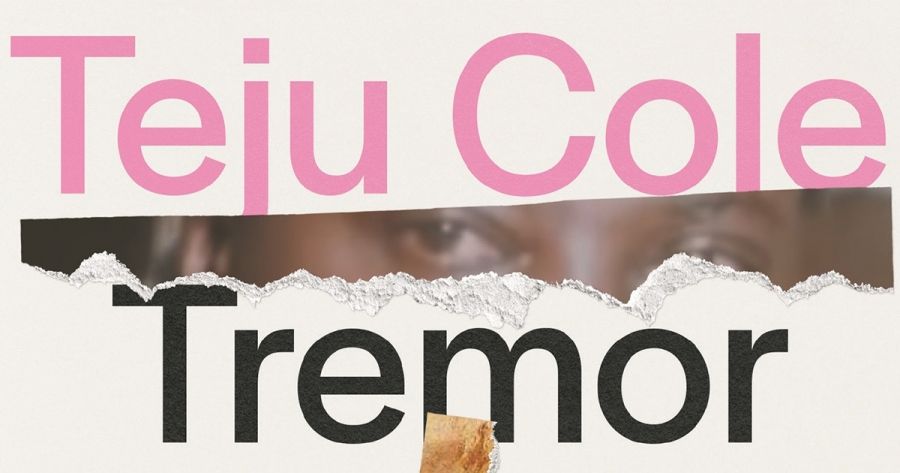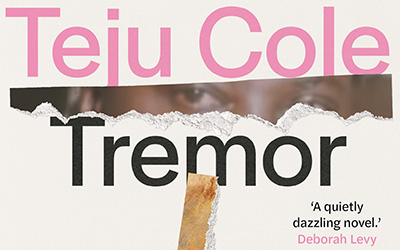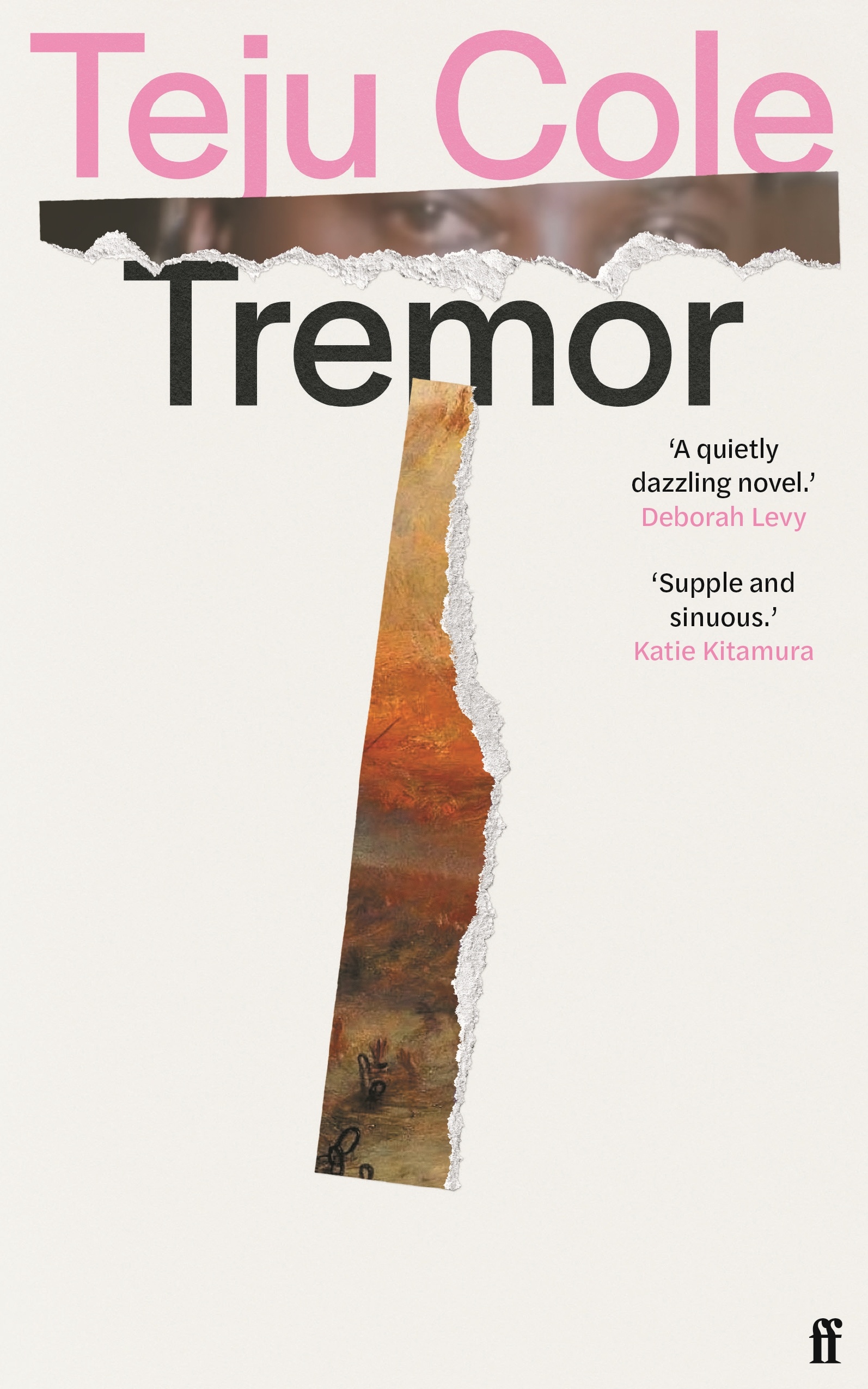
- Free Article: No
- Contents Category: Fiction
- Review Article: Yes
- Article Title: Amid the ruins
- Article Subtitle: A museum of sustained shocks
- Online Only: No
- Custom Highlight Text:
Tunde, a photographer and art professor at Harvard, attempts to photograph a hedge in his neighbourhood in Cambridge, Massachusetts. Waved away by a white property owner suspicious of a Black man on his street, Tunde tries again midway through Teju Cole’s new novel, Tremor, but, trusting his feeling of unease, leaves. (One is put in mind of the notorious 2009 incident in which neighbours reported Henry Louis Gates Jr for trying to force open his own Cambridge front door.) It is not until the final pages that Tunde returns to the scene and tries again, in the dead of night, after a party he has hosted with his partner, Sadako. The first exposure is too bright, the second too inky; too much is in frame, then not enough. Finally, he makes what he believes might be a successful image. Makes not takes; the difference is significant.
- Featured Image (400px * 250px):

- Alt Tag (Featured Image): Andrew van der Vlies reviews ‘Tremor’ by Teju Cole
- Book 1 Title: Tremor
- Book 1 Biblio: Faber, $32.99 pb, 239 pp
- Book 1 Cover Small (400 x 600):

- Book 1 Cover (800 x 1200):

This is one of several scenes in which Cole signals the operations that interest him as writer, critic, and photographer, and that structure Tremor’s episodic narrative: repeated attempts to capture the telling detail that might index the complexity of individual experience at a particular moment, against the backdrop of an invariably hostile context. Another metapoetic moment comes late in the novel, when Tunde and his students watch Kiarostami’s Through the Olive Trees (1994). We are reminded that ‘a lot of the screen time ... is spent on repeated takes of one particular scene’. The film’s landscape is profoundly suggestive: devastated only recently by an earthquake nowhere explicitly mentioned, ordinary life continues in spite of and amid the ruins. ‘We live,’ Tunde muses, ‘on the accumulated ruins of experience.’
The hostile context for Tunde, who is, like Cole, of Nigerian ancestry, is most obviously racism and the judgement of an establishment that resents a Black intellectual presuming to operate at the heart of its élite cultural institutions (he receives two emails on the same day, one calling him a fraud, the other inviting him to lecture at Boston’s Museum of Fine Arts). In this moving, messy, multiply focalised narrative, however, the hostile context is also the universe itself. Art in its many forms, from music to photography, painting to film, offers the only reliable strategies for securing a stay – negotiated and provisional rather than acquisitive and permanent – in the face of encroaching death.
Here, Tremor’s presiding genius is neither a jazz musician (though Thelonious Monk and John Coltrane are discussed), nor any real-life photographer, but – perhaps surprisingly – Virginia Woolf. Late in the novel, Tunde reads Woolf’s posthumously published essay ‘The Death of the Moth’, and the party before that final act of image-making is preceded by Tunde declaring, like Clarissa Dalloway, that he will buy the flowers himself. Woolf’s careful ethics of curation, assembling characters whose experiences coalesce only in moments (rendering fleetingly concrete her friend Roger Fry’s theory of significant form), informs both Tunde’s reflections on art and Cole’s own formal experimentation in a book that tests the novel form through fragmentation and polyvocality.
Cole explores how certain narratives, granting dignity and personhood only to particular subjects, direct the ways in which the West understands itself – whether in the formulation ‘terrible tragedy’ being reserved for the accounting of white victims in narratives of early frontier violence, or the selective attention to suspect provenance in the museum where Tunde does indeed deliver a lecture. He reflects on several works in the MFA, beginning with Turner’s Slave Ship (Slavers Throwing Overboard the Dead and Dying, Typhoon Coming On) (1840) and explaining the 1781 events that inspired the painting (as it has, in our own time, M. NourbeSe Philip’s poem Zong). He then alights on the small Landscape with Burning City (c.1500), by Flemish artist Herri met de Bles, whose complex provenance involves liens and bankruptcy in occupied Amsterdam, Hermann Göring, and a restorer in New York, from whence it comes to Boston. Wall-text indicates the museum’s eagerness to hear from likely legitimate owners. Tunde wonders why such text does not contextualise the museum’s thirty-two bronzes looted from Benin City. ‘What does it mean to care about art but not about the people who made that art?’, he asks, reflecting that ‘of late I have begun to experience the museum itself as a zone of sustained shocks’.
Tremor everywhere registers these shocks, seeking other ways to recuperate excluded voices. There are frequent digressions to reflect on the slave histories of Harvard; a friend’s son tells Tunde about his husband’s exploitation of a young man in Haiti (at the time of the 2010 earthquake); Tunde is troubled by memories of his family’s treatment of their ‘houseboy’, Michael, during their years in Nigeria.
In the novel’s longest chapter, we encounter the most sustained recuperative experiment: a collection of twenty-four first-person accounts of everyday life in contemporary Lagos, from all strata of society. Ostensibly (it transpires) stories of individuals whose portraits Tunde makes, it is both affecting and challenging, so much richer than any image processed in a darkroom, yet also inevitably voyeuristic in its ventriloquism. This is the wager made by Tunde – and Cole (Tremor is perhaps not so much auto-fiction as autre-biography) – in an effort to honour the ‘untranslatable consolation’ of ordinary lives, whether of friends or strangers, present or past. All are surviving, have survived, on the fault lines, in a bright, fleeting exposure that may register as nothing more than a ripple once death comes (as it does for all), a final tremor. One hears the word in the ‘rumor’ and ‘trace’ that Tunde suspects will be all that remains of him in the future. Cole offers us Tremor, and it is perhaps his richest work to date.


Comments powered by CComment